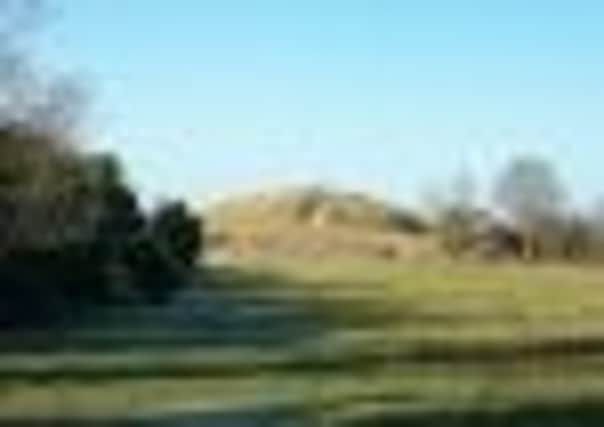Former quarry definitely not the pits


I don’t mean I witnessed fairies, or pixies, or anything of that ilk, but just that I left the area with a feeling of immense positivity. Ley lines perhaps? Or maybe just a happiness boost from a good dose of sunshine after a run of very dark and dreary winter days.
The site is managed by the National Trust and the Bedfordshire Wildlife Trust, and is a former chalk quarry that now provides a rich habitat for a number of species unique to chalk grasslands.
Advertisement
Hide AdAdvertisement
Hide AdClearly, visiting on a frosty winter’s day wasn’t going to yield any butterfly sightings, but in summertime you’ll be able to spot species including the chalkhill blue and the marbled white, glow-worms and chimney sweeper moths.
The entrance to the reserve is off the main road through Totternhoe, with a fairly narrow road leading up to a small car-park. Despite the chill at the weekend there were a fair few people about, mainly horse-riders and dog-walkers, but for the most part I had the place to myself.
Leaving the car park I turned left onto the footpath and headed towards the mound, where a motte and bailey once stood. The views from the top of the mound are fantastic, enabling you to appreciate not just the Chiltern Hills but also how flat the adjacent land is.
You can hear the busy A505 and the planes taking up the gliders at the bottom of Dunstable Downs, but it’s still incredibly peaceful up here and you can see for miles around.
Advertisement
Hide AdAdvertisement
Hide AdAlthough it’s not much of a climb, getting to the top of the mound means negotiating narrow chalk paths which can be a bit slippery, so take care. Fortunately I managed not to fall over, and from the mound headed west until I hit the footpath again, turning left and following it towards Stanbridge Road.
Twenty yards or so before the end of the path I took another path off to the right, which takes you along a field margin. A real treat here was pausing to watch some of my favourite birds, long tailed tits, in a tree – they flew off as I approached but after standing still for about 10 seconds they returned, and there must have been about a dozen of them in the branches just a couple of feet above my head.
Emerging at entrance to the lime works, I rejoined the footpath, which passes an impressive property called ‘Map’s End’ and then turned right at a footpath T-junction. Following this path I then took the next available left (ignore the decrepit ‘Keep Out’ sign, as this is a public footpath) and then took a right fork into a field.
This path takes you into a really interesting wooded area, where the footpath eventually becomes quite windy, so the unsteady of foot may wish to keep to the on-road path, which will bring you out at the same spot eventually.
Advertisement
Hide AdAdvertisement
Hide AdThe next part of the route takes you along the edge of what I assume was the main chalk quarry, a large swathe of land surrounded by chalk cliffs. Reaching the end of the quarry’s eastern edge and turning right, you’re given excellent views of the gliders taking off and landing, a spectacular sight on a sunny day as the planes tow the gliders up into the sky.
From here I continued along the quarry’s southern edge back to the car park, the whole walk taking about an hour and 15 minutes.
I’m already looking forward to returning on a summer’s evening and seeing some of those butterflies.